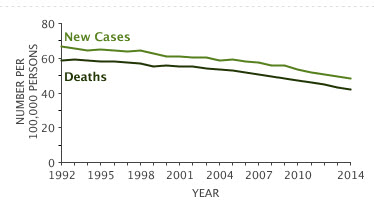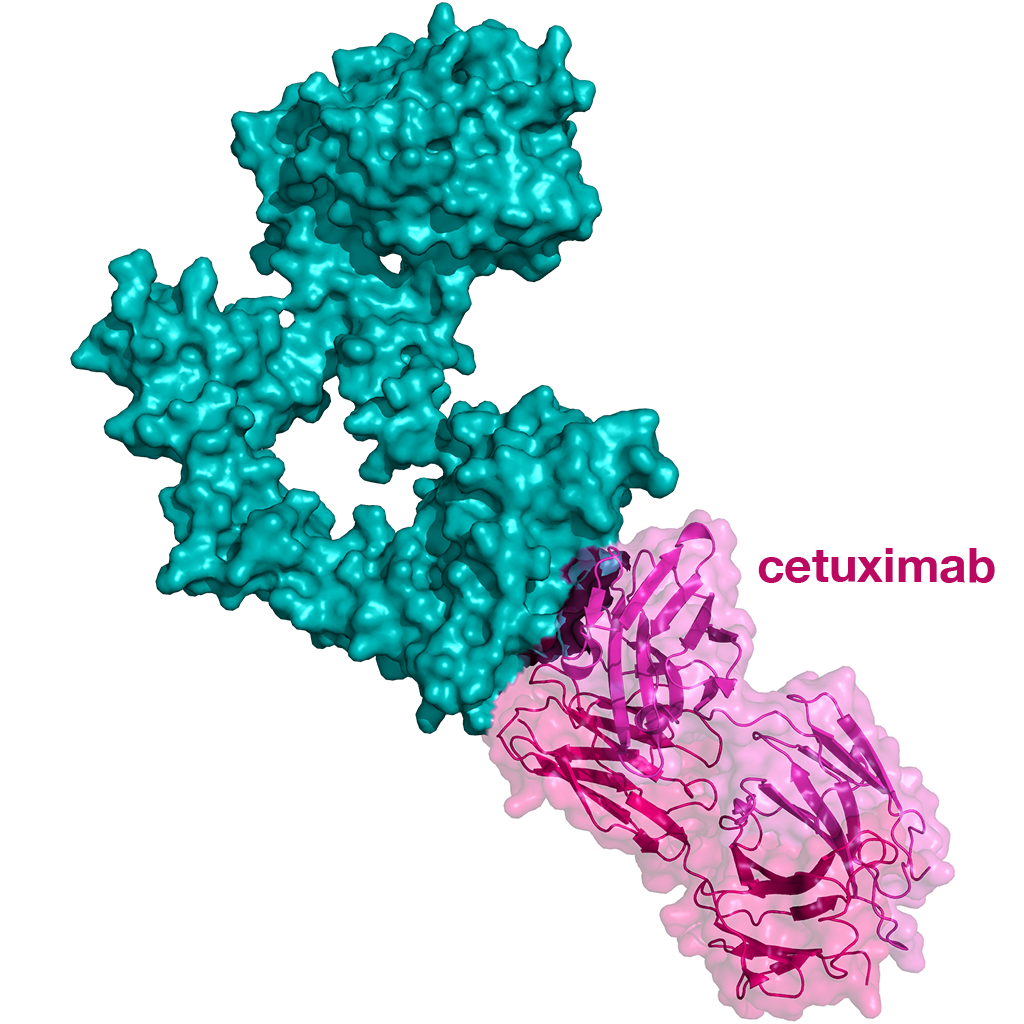Ronnie Wood Treated for Lung Cancer

Rolling Stones guitarist Ronnie Wood has been treated for lung cancer. The seventy year old rocker was diagnosed about three months ago during a routine check-up in preparation for an upcoming tour. When asked by his doctor whether he wanted a more thorough check of his heart and lungs, he said, “Go for it.”
Wood told the Daily Mail Event:
“And then he came back with the news that I had this supernova burning away on my left lung,” he said. “And, to be totally honest, I wasn’t surprised. I knew I hadn’t had a chest X-ray since I went into Cottonwood [a rehab clinic in Tucson, Arizona] in 2002. He asked me what I wanted to do and my answer was simple: ‘Just get it out of me.’”
After a week of additional testing to see if the tumor has spread (it hadn’t), Wood underwent a five-hour operation to remove the tumor and a part of his left lung. His doctors feel that they have completely removed the tumor and that additional treatment is not needed at this time. Wood will have to be rechecked every 3 months.
Wood wasn’t that surprised by his diagnosis, because of his “50 years of chain-smoking ― and all the rest of my bad habits. [alcohol and drugs]” But thanks to his wife, Sally Humphreys, Wood gave up alcohol eight years ago, and quit smoking when Sally gave birth to twin daughters in 2016.
Wood is grateful that he didn’t need chemotherapy, which he says he would have refused. Why? ” It’s more I wasn’t going to lose my hair. This hair wasn’t going anywhere. I said, “No way.” And I just kept the faith it would be all right. ”
Wood hopes that by telling his stories, others will be inspired to have themselves checked:
‘I’m OK now. But I’m going to have a check-up every three months. They caught it early. People have to get checked. Seriously have to get checked.”
The Rolling Stones will be back on tour in September.
Ten Things to Know About Lung Cancer
1. Lung cancer is cancer that forms in tissues of the lung, usually in the cells lining air passages.
2. Estimated new cases and deaths from lung cancer (non-small cell- NSCLC- and small cell combined) in the United States in 2017:
- New cases: 222,500
- Deaths: 155,870
3. Lung cancer is the second most common cancer and the primary cause of cancer-related death in both men and women in the United States.
4. The most common types are named for how the lung cancer cells look under a microscope:
- Small cell: The cells of small cell lung cancer look small under a microscope. About 1 of every 8 people with lung cancer has small cell lung cancer.
- Non-small cell: The cells of non-small cell lung cancer are larger than the cells of small cell lung cancer. Most (about 7 of every 8) people diagnosed with lung cancer have non-small cell lung cancer. It doesn’t grow
and spread as fast as small cell lung cancer, and it’s treated differently.
5. Although smoking is the main cause of lung cancer, lung cancer risk also is increased by exposure to secondhand smoke; environmental exposures, such as radon, workplace toxins (e.g., asbestos, arsenic), and air pollution.
6. The risk of lung cancer can be reduced by quitting smoking and by eliminating or reducing exposure to secondhand smoke and environmental and workplace risk factors.
7. Common symptoms of lung cancer include:
- A cough that doesn’t go away and gets worse over time
- Constant chest pain
- Coughing up blood
- Shortness of breath, wheezing, or hoarseness
- Repeated problems with pneumonia or bronchitis
- Swelling of the neck and face
- Loss of appetite or weight loss
- Fatigue
8. People with lung cancer have many treatment options. Treatment options include…
- Surgery
- Radiation therapy
- Chemotherapy
- Targeted therapy
The treatment that’s right for you depends mainly on the type and stage of lung cancer. You may receive more than.one type of treatment.
9. New targeted therapies are available for some patients with NSCLS.
About 70% of NSCLC are diagnosed at advanced stages that are not curable by surgery alone. Very effective targeted drug treatments are available and the specific drugs used are “tailored” (personalized) for each patient based on the genetics of their tumor.
For example, tumors that have a mutation in a gene called ALK can be treated with an oral medication called crizotinib (XALKORI®) that is shown here binding to the ALK protein.
Another example are tumors that have a mutation in a gene called EGFR. Both oral medications (e.g. erlotinib/TARCEVA®) and antibody drugs (given by injection) can be used to personalize therapy based on the genetic characteristics of a patient’s tumor. An antibody drug used to treat lung cancer is cetuximab (ERBITUX®) which is shown in the picture binding to the EGFR molecule.
(Graphics courtesy of Precision Medicine Network)
10. Percent Surviving 5 Years 18.1% 2007-2013
 Number of New Cases and Deaths per 100,000: The number of new cases of lung and bronchus cancer was 55.8 per 100,000 men and women per year. The number of deaths was 44.7 per 100,000 men and women per year. These rates are age-adjusted and based on 2010-2014 cases and deaths.
Number of New Cases and Deaths per 100,000: The number of new cases of lung and bronchus cancer was 55.8 per 100,000 men and women per year. The number of deaths was 44.7 per 100,000 men and women per year. These rates are age-adjusted and based on 2010-2014 cases and deaths.
Lifetime Risk of Developing Cancer: Approximately 6.4 percent of men and women will be diagnosed with lung and bronchus cancer at some point during their lifetime, based on 2012-2014 data.
Prevalence of this cancer: In 2014, there were an estimated 527,228 people living with lung and bronchus cancer in the United States.
Overall, the rates of lung cancer are slowly declining, and the 5 year survival rates are increasing, as are the number of people living with lung cancer.





























0 comments